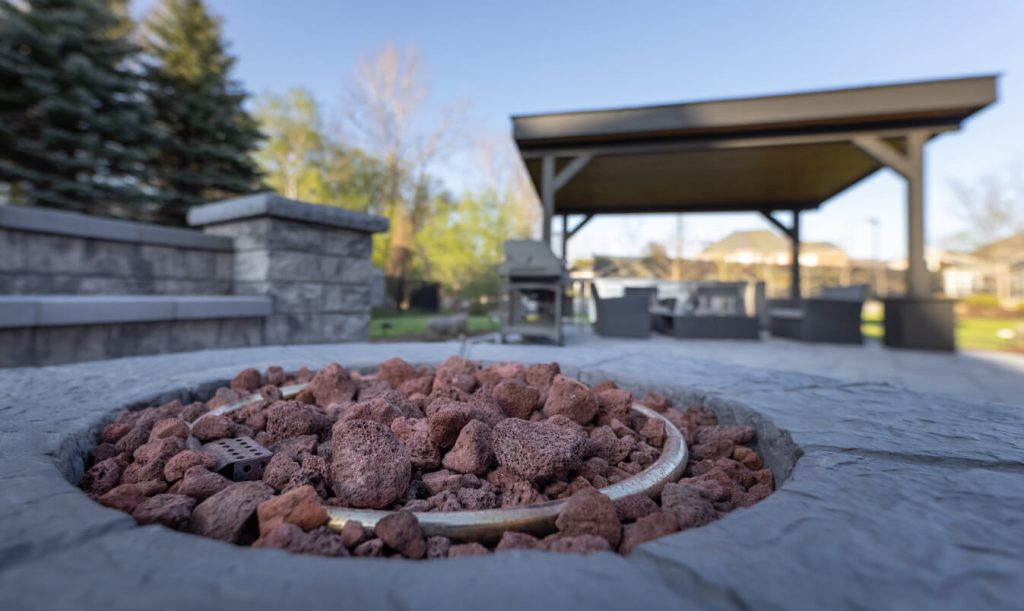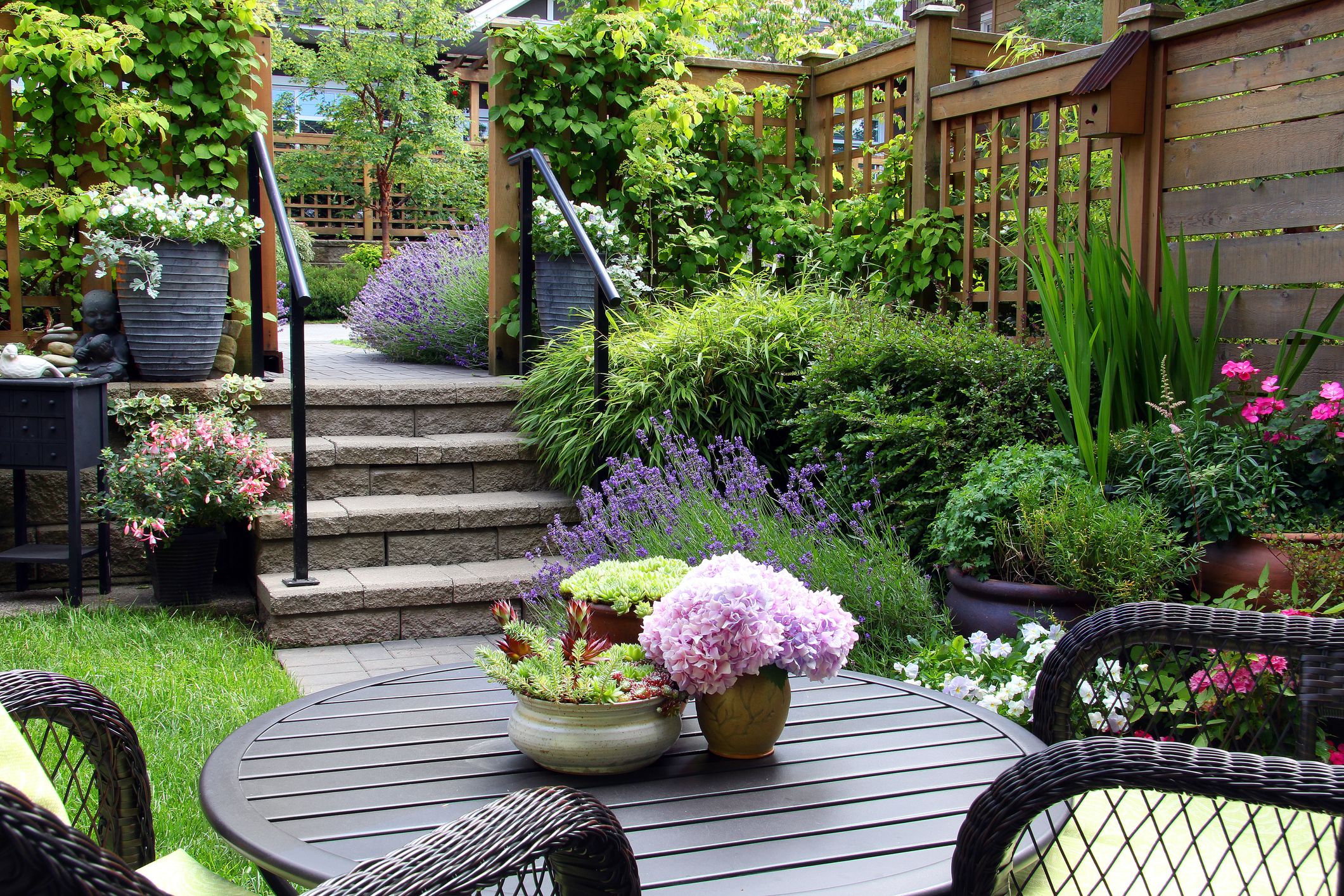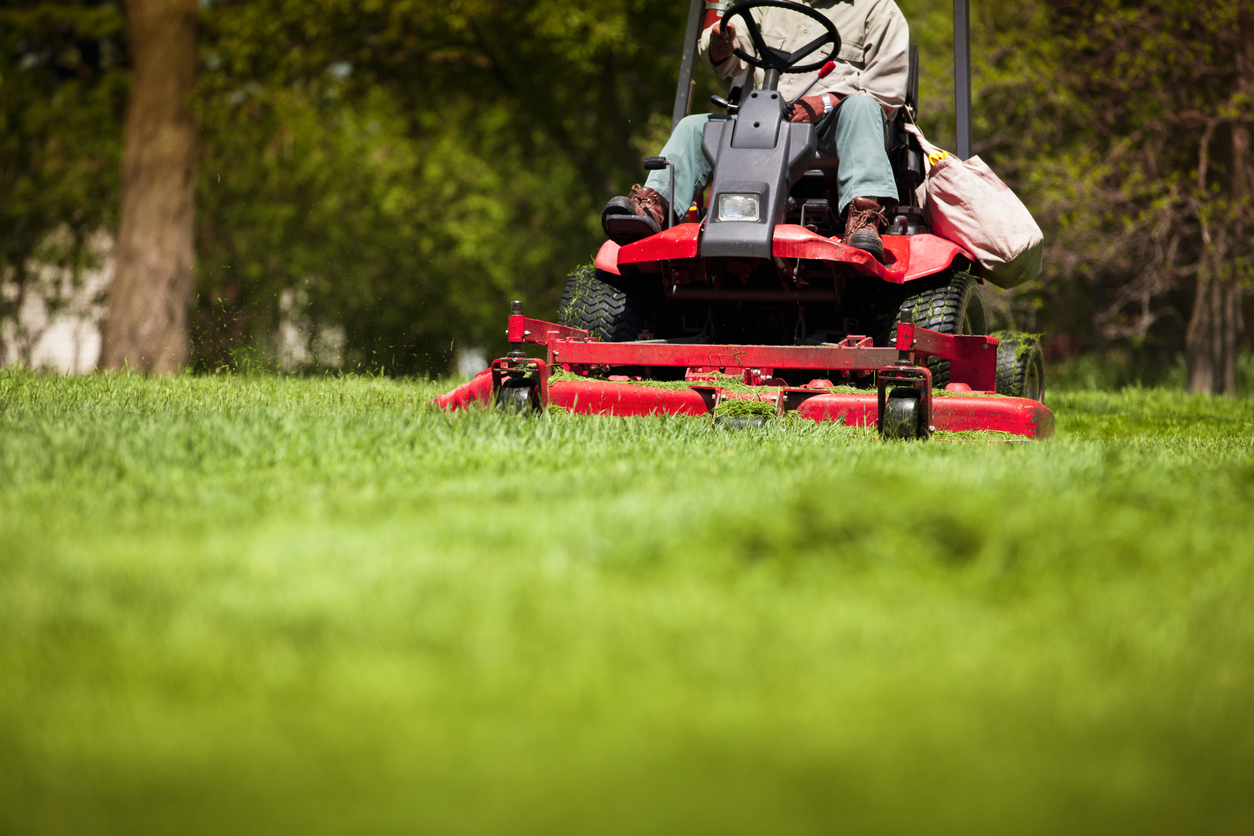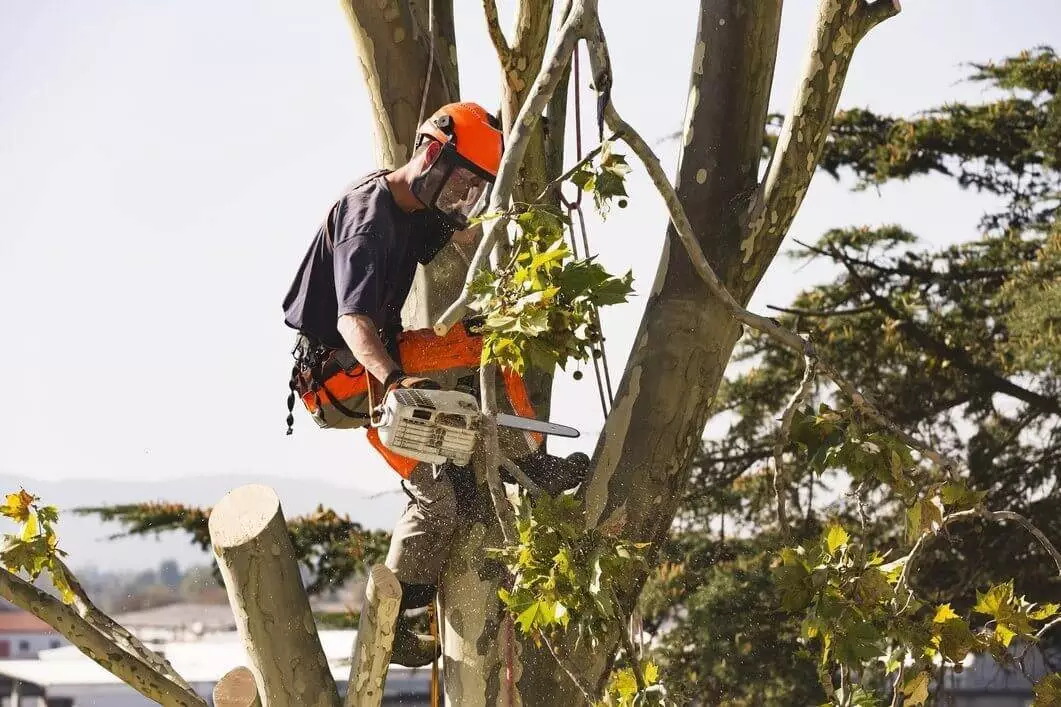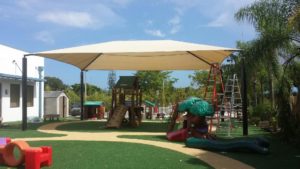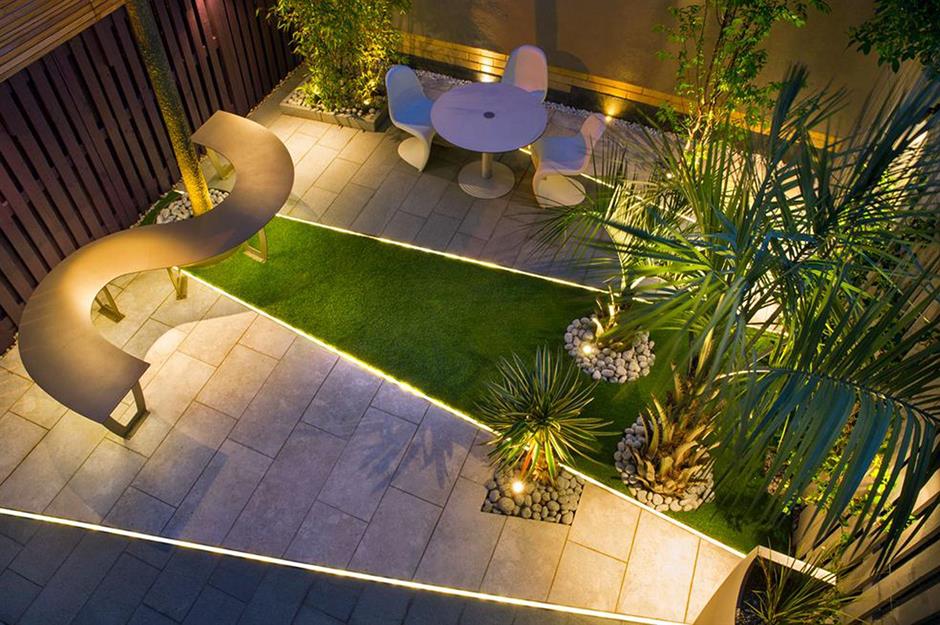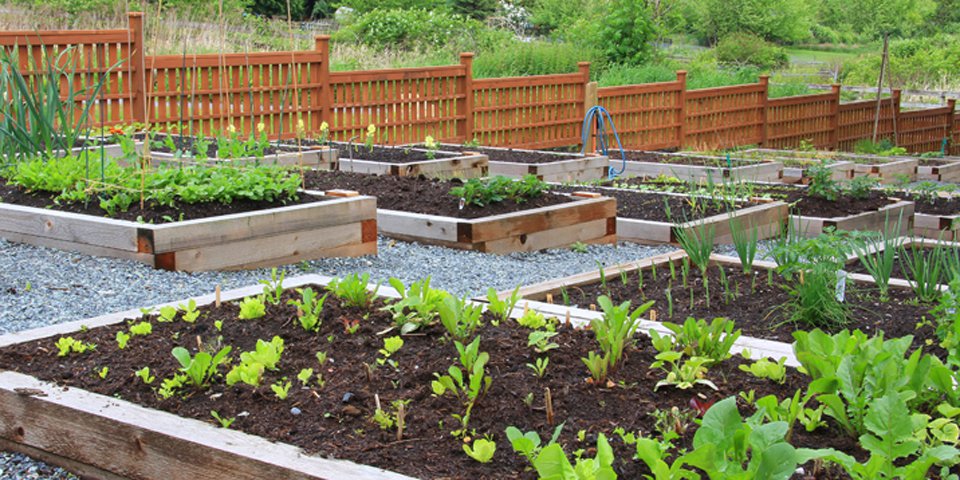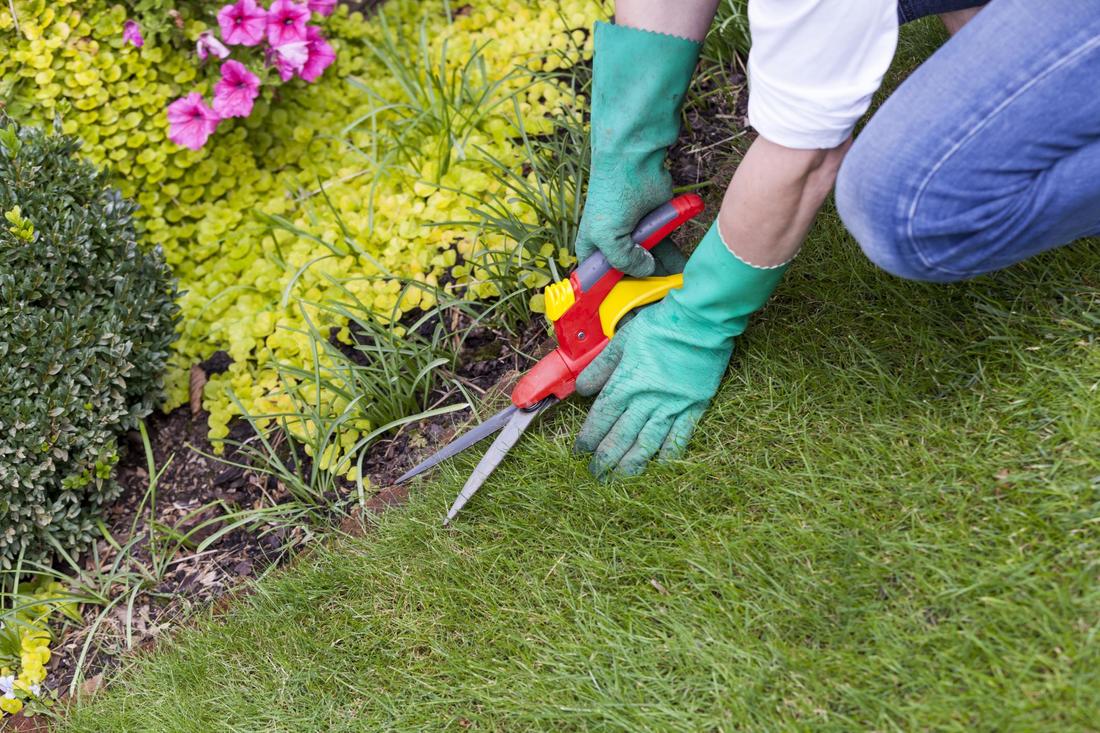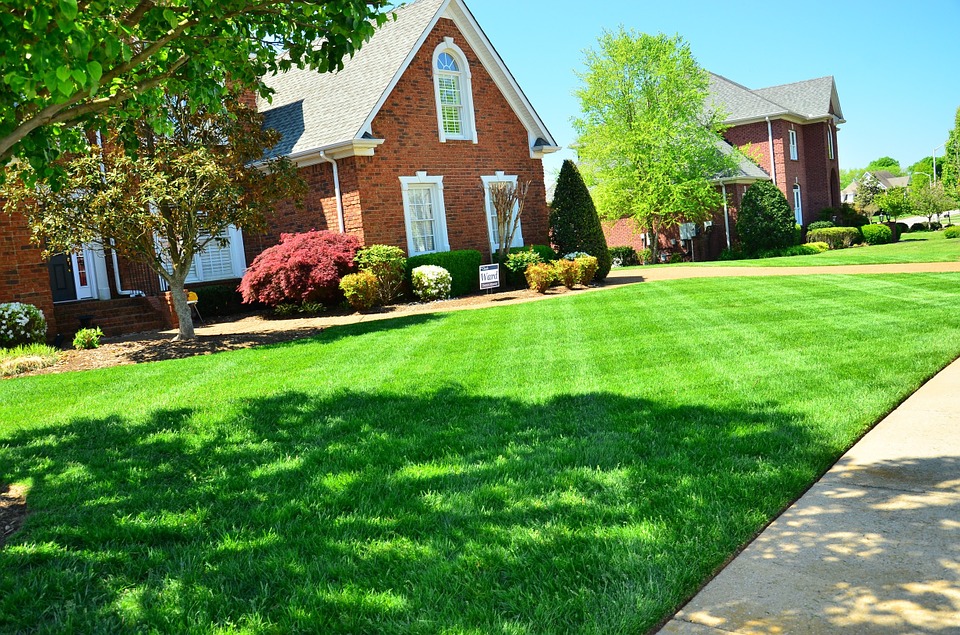It’s unsightly, frustrating, and sometimes downright embarrassing.But bare spots in landscaping can happen if there are pine trees shading the ground or and shaded areas. You start to wonder if the grass is greener on the other side of the fence. Your lawn has bare spots. Whether it’s caused by bugs, fungi, walking paths, or pets, it seems you will never have the picture-perfect lawn. Every homeowner struggles with bare spots from time to time. While the task seems daunting, repairing your lawn is quite simple! With a few steps and a little time, your lawn can be the envy of the neighborhood.
See Also: Pasto sintetico
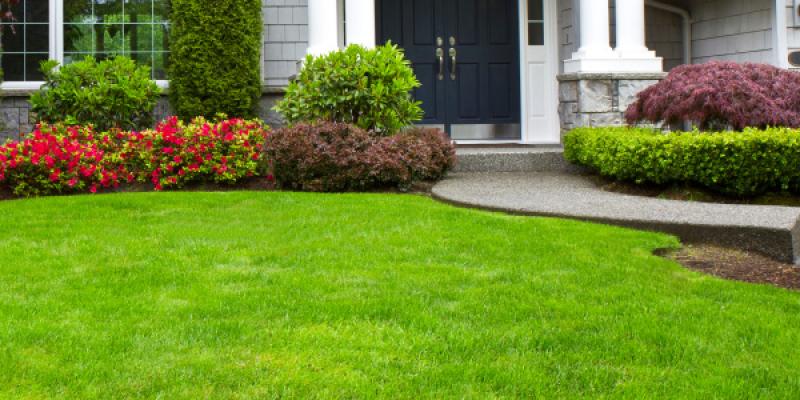
Determine the Cause
Many things can cause your lawn to look thin and patchy. Sometimes it is as simple as heavy foot-traffic through the area, moss or thick weeds. If this is the case, you can sew grass seeds in the area and add stepping stones or a walkway to avoid having your beautiful lawn trampled.
If your bare spots are caused by insects or lawn disease, you will want to refrain from reseeding your lawn until you have correctly applied treatment and waited the recommended amount of time before moving forward.
Your grass may be refusing to grow due to its location. Bare spots tend to pop up around the base of trees due to the high amount of shade. If you use shade grass varieties, such as Pennsylvania Sedge Grass, you will yield better results in those areas.
Prepare Your Soil and Choose Your Seed
Once causation has been determined and rectified, you are ready to move on to preparing your soil. Time of year plays a significant factor in reseeding your lawn. If your soil is below 52 °F, seeds will not germinate properly. Once the soil temperature has risen to 52°F, typically late spring or early fall, rake over the soil to ensure there are no large clumps. Mixing in topsoil from a local gardening center can help to improve the quality of your soil and increase your chances of a hearty lawn.
Choose your grass seed carefully. If the bare spots are due to your lawn not receiving a lot of direct sunlight, use shade grass varieties. Shade grass varieties only require three to four hours of direct sunlight per day or four to six hours of intermittent sunlight. Some varieties, like Pennsylvania Sedge Grass, will grow loose in clusters and have creeping habits, along with being self-seeding in optimal conditions. It typically will grow in areas with oak trees and loves the shade.
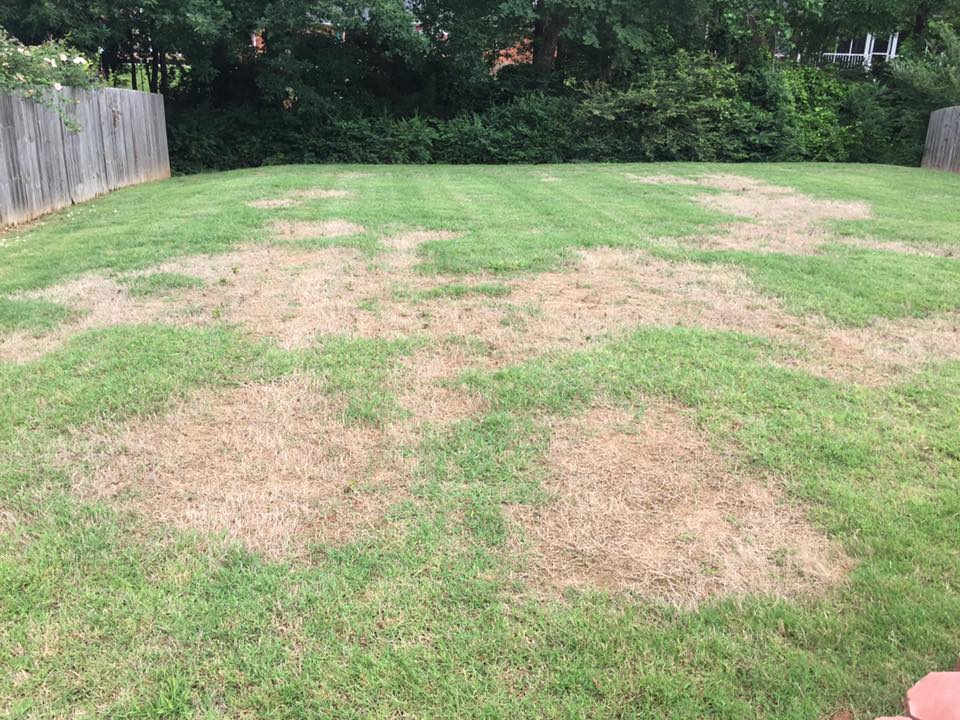
Sewing Grass Seeds
Once your soil is prepared, and you have chosen the type of seed you like, it is time to sew grass. It is always better to over-seed than under-seed. Use an abundance of seeds and sew it over the bare spot and immediate surrounding area. Once sewn, gently rake over the area to cover it with topsoil. It may help to cover the area with straw, as straw tends to hold moisture and will protect your seed from birds. Water your seeds every day, and soon you will have a beautiful, seamless lawn.
While repairing bald spots seems like a job for the experts, even novice gardeners and homeowners can create a gorgeous lawn. It takes just a little time and research; then, you’re well on your way to creating something beautiful.

I am Scott Miller and my love is writing about home improvement. I write mostly about home ideas, but also share some tips and tricks that can make your life easier when it comes to getting things done in the house.
